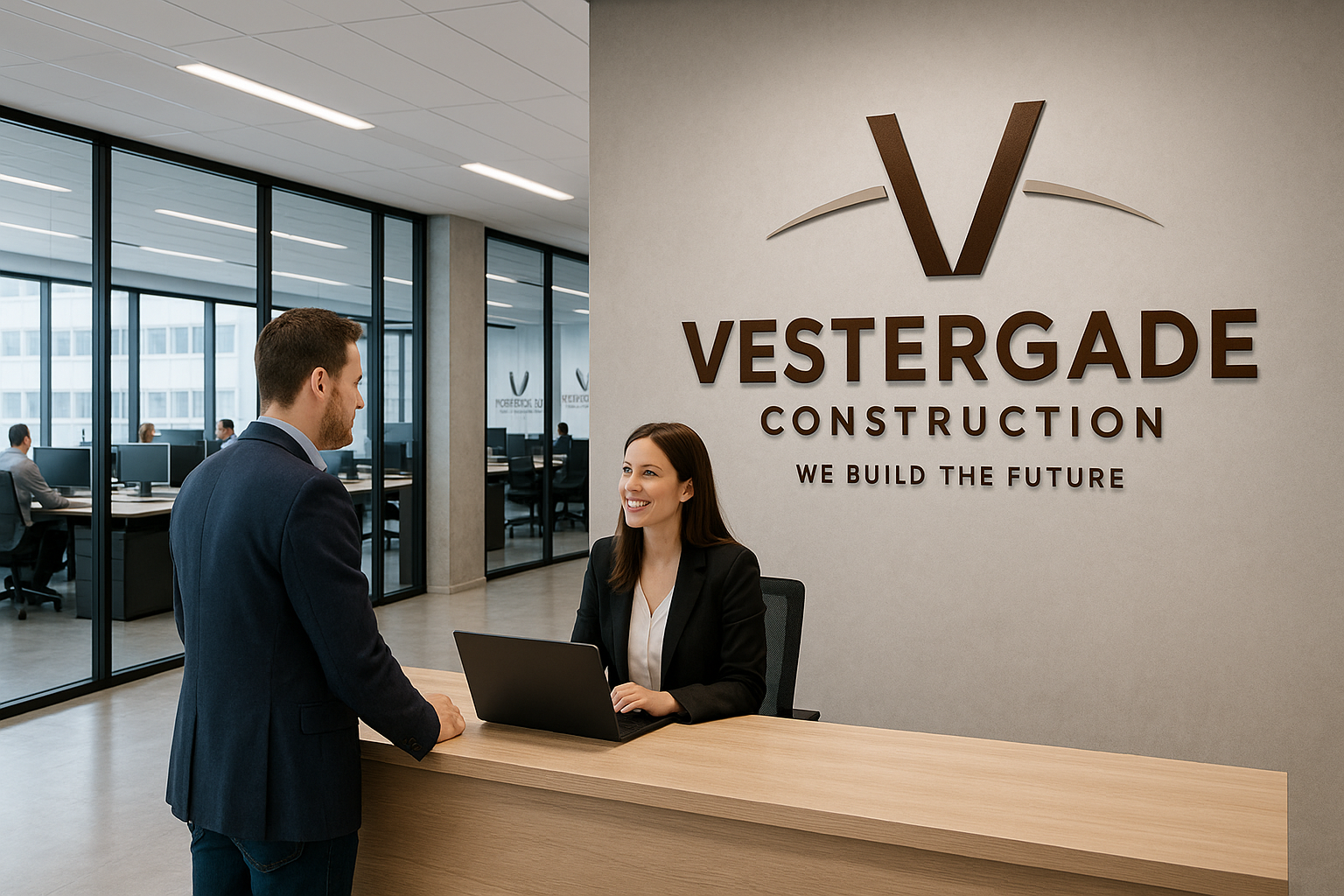How Can We Help
+4592456144
info@vestergadeconstruction.com.au
Chat with Us

We offer commitment at all levels of building project, from construction to management services.
Renovation (also called remodeling) is the process of improving broken, damaged, or outdated structures. Renovations are typically done on either commercial or residential buildings. Additionally, renovation can refer to making something new, or bringing something back to life and can apply in social contexts.
Quality & Reliable
02.
Licensed & Insured
Skilled Architect
Available 24 Hours
No matter the challenge, we build on what we know works and elevate your vision of success
- Building the future powered by innovation
- Backed by highly skilled workforce
-
We use only the highest quality
materials - Focus on engineering excellence
- Exposure and expertise in diversified verticals
- Wide range of interiors designs collection
- 24/7 support for regular customers
- Free consultation and delivery of materials
Frequently asked questions
What services do you offer?
How to Plan and Prepare for a Home Renovation
Knowing what to expect and what hidden pitfalls can occur during a home renovation project can remove frustration. Get organized by drafting a plan and assessing your budget. Remember to include the details, like electrical, plumbing, HVAC, all the finishes, and the entire project scope from beginning to end.
What is your approach to sustainability?
Determining Budget
A home renovation can cost an average of $15 to $60 per square foot. However, that range can widen depending on location, the materials used, and the scope of the renovation. Renovating a house that is 1,250 to 1,600 square feet costs an average of $52,040, but you can pay up to $189,000.1
Make sure that you have funding for your renovation. Cash can conceivably fund single-room or smaller projects like remodeling a small bathroom or kitchen, painting, flooring, or even building a small room addition. Whole-home renovations are so extensive, expensive, and lengthy that outside funding is usually necessary.
Unsecured home improvement loans typically have a lending limit of $50,000 to $100,000. These loans tend to close quickly for qualified borrowers but have higher interest rates than secured loans. Home equity lines of credit are secured loans that use your home’s equity as security, and they usually have lower interest rates than personal, unsecured loans.
What makes you different from other design firms?
Planning the Design
Start by planning a design or sketch for what you want to do in the space, including a goal list. You can play with online design tools to get your basic ideas down. Depending on how elaborate you want to get, you might enlist the help of an architect or interior designer.
List the DIY projects you might want to do or decide if you want a contractor to handle everything. Do a rough estimate of when you want to get started and when you want it completed. A rough timeline is an excellent place to start; however, you must develop a more concrete timeline with your contractor.
Tip
When choosing a contractor, architect, or interior designer, ensure the business bureau accredits them, that they have the proper licensing, and that they can show you a portfolio of their work.
How can I request a consultation?
Hiring a Contractor
Search for contractors and subcontractors and compile a list of reputable professionals with positive reviews. During this process, call several with a good reputation or have come recommended. Get multiple quotes, ensure they are licensed and insured, and evaluate how well they communicate with you. Do they get back to you immediately, and are they direct, or do they seem cagey or talk in circles?
Your contractor will supervise your home renovation and should be expected to keep the project running on time and within budget. They will arrange most of the work of the subcontractors, such as electricians, plumbers, structural carpenters, and foundation companies. They have a working relationship with these people and vouch for their work.
:max_bytes(150000):strip_icc()/find-plans-for-your-old-house-176048_02-c1b538e94e07492eb1d2f8aa33075b02.jpg)
The Spruce / Ulyana Verbytska
Learning the Building Codes
In many localities, building codes require only professionally licensed tradespeople to handle this part of the renovation. Carefully check the building code requirements in your area. If you hire a contractor, they will likely hold the permits for you and meet with inspectors.
If you want to do some small projects, you must apply for permits independently. If you do so, you’ll need to handle all arrangements yourself: application, inspections, and finalizing the permits (taking them to completion). Keep in mind that in some places, it can take weeks, if not months, for permits to be approved, depending on the work.
Making a Renovation Plan
The timeline comes together when considering the whole picture and all the elements that need to fall into place, from structural carpentry to electrical and plumbing, windows, hanging drywall, and paint and finishes. A project stalls if a fixture, appliance, or material becomes discontinued, gets back ordered, or subcontractors fall behind.
Here is what each of the parts of the project may entail:
- HVAC, electrical, and plumbing: HVAC, electrical, and plumbing services must be installed when the walls and ceiling are open. Open walls and ceilings make it easier for the HVAC company to install ductwork for central heating and air conditioning and for electricians and plumbers to run new electrical and plumbing systems.
- Carpentry: Most home renovations do not involve structural carpentry since that falls more into home remodeling. However, you might want a carpenter to install baseboards, molding, trim around windows and doors, and built-in elements like cabinets, bookcases, or breakfast nooks. A structural carpenter moves or constructs new walls, adds support beams, builds framing for new windows, or can create or remove doors.
- Fixtures and appliances: Fixtures stay in places such as cabinetry, bathtubs, toilets, sinks, and major home appliances like dishwashers and stoves. These get factored into the renovation plan because of their size and specifications as they apply to your project blueprint, and you will need to order these items in advance to have them in time for your project.
- Windows: Adding new windows or enlarging window openings is considered a remodeling project. Fix or replace any windows that cause leaks. If the windows are not seriously damaged, leave the repair or replacement for a later remodeling project. Unless you have this specific experience, professionals should be used to installing new or replacement windows.
- Wall insulation and drywall: Installing insulation and hanging drywall is easy enough for a home DIYer, but some contractors might want to do this themselves to ensure it’s done right. Work out what you want to do and what the contractor should handle. Before you close up the walls, you’ll need a second inspection from the electrical inspector (and perhaps the plumbing inspector). They will give you the go-ahead to close up the walls. Hanging drywall is a multistep process that involves hanging, mudding, and sanding the drywall.
- Flooring: Install floor coverings in the house. Decide on the type of flooring, ranging from hardwood to laminate and carpet to tile. This project should be one of the last, saving your flooring surface from significant damage. Molding installation and painting should go last.
- Paint or wallpaper the walls: Many homeowners can handle painting interior walls, hanging wallpaper, painting molding and trim, or staining and sealing trim. These detail-oriented surface finishes should be some of the last items.
- Exterior work: Exterior renovations can be done simultaneously with interior work. This work can include installing new gutters, repaving driveways, landscaping, fixing siding, painting the exterior, or replacing crumbling masonry.




